The 10 different ways Eddie Van Halen made guitar great
From two-hand tapping to engineering tone and his rhythmic excellence – EVH leaves an incredible legacy
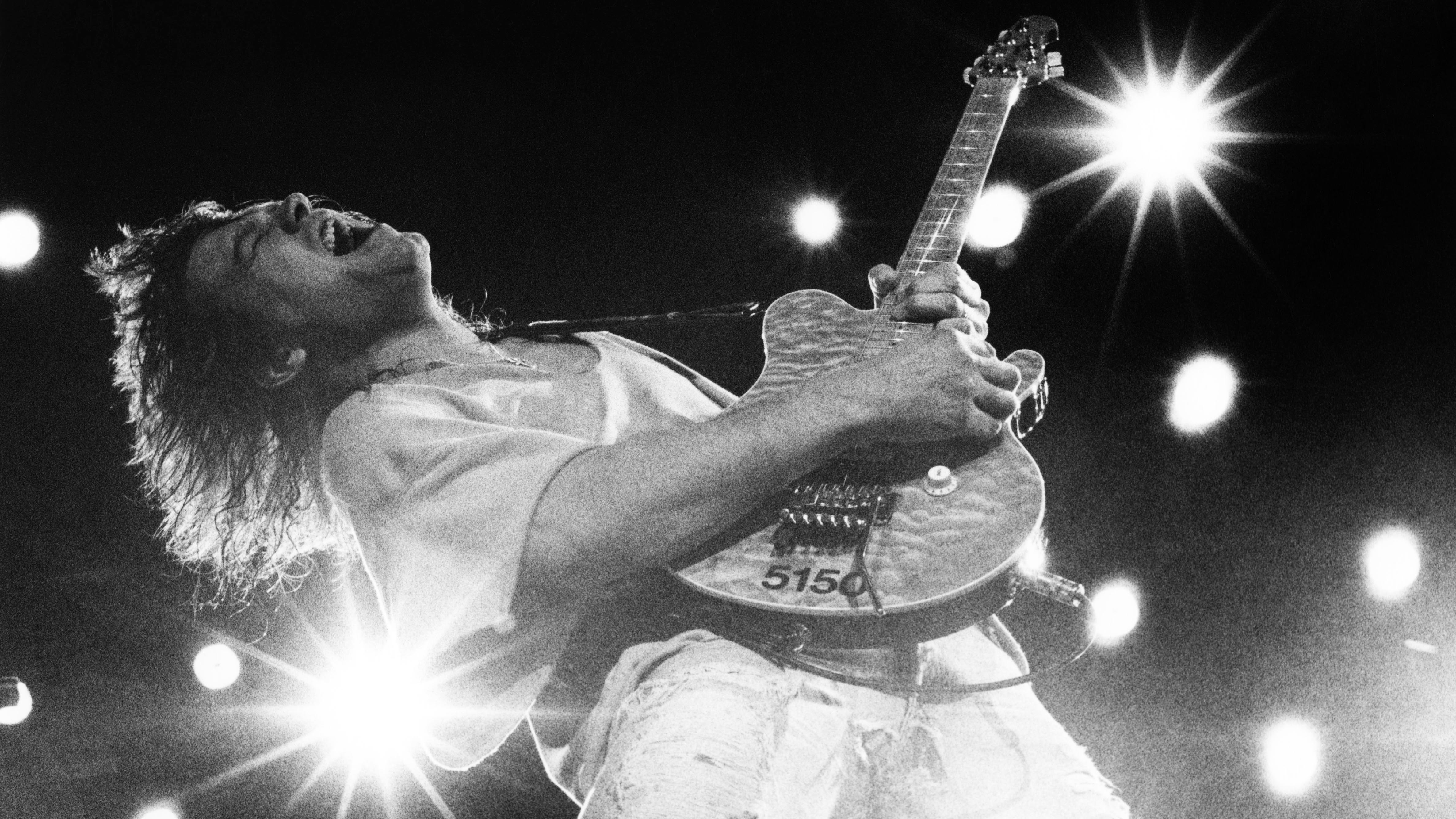
There's an argument to be made that the late Eddie Van Halen was the most gifted guitar player to emerge since Jimi Hendrix, and whatever you think of the band he co-founded, there's few players in history who have personified the joy and thrill of the electric guitar and then channelled it with such jaw-dropping effect.
Eddie was a one-off, and perhaps that last true guitar hero. Because he encompassed the whole package as a musician; trailblazing technique, songcraft and a meticulous approach to shaping his tone that leaves a legacy in the guitar world that's deeper than his discography with Van Halen.
Here's ten things we want to thank Eddie Van Halen for…
1. He redefined the idea of the guitar instrumental
Van Halen’s debut set the band’s stall out from the outset and the album’s second track, a 1:42 minute instrumental named Eruption (extended significantly live), changed the way rock guitar was approached forever.
Ed had been playing the piece as part of his live solo for years and even then guitarists in the audience were wondering what they were hearing. Was it an organ? How was he doing it? What is that?
The ferocity of the delivery, not to mention that iconic climax of two-handed hammer-ons that gave a tone and feel that was genuinely new, captivated every rock musician at a stroke. Eddie continued to push the boundaries throughout his career but it was Eruption that brought him to the attention of the world and nothing was the same after that.
2. He brought tapping to the masses
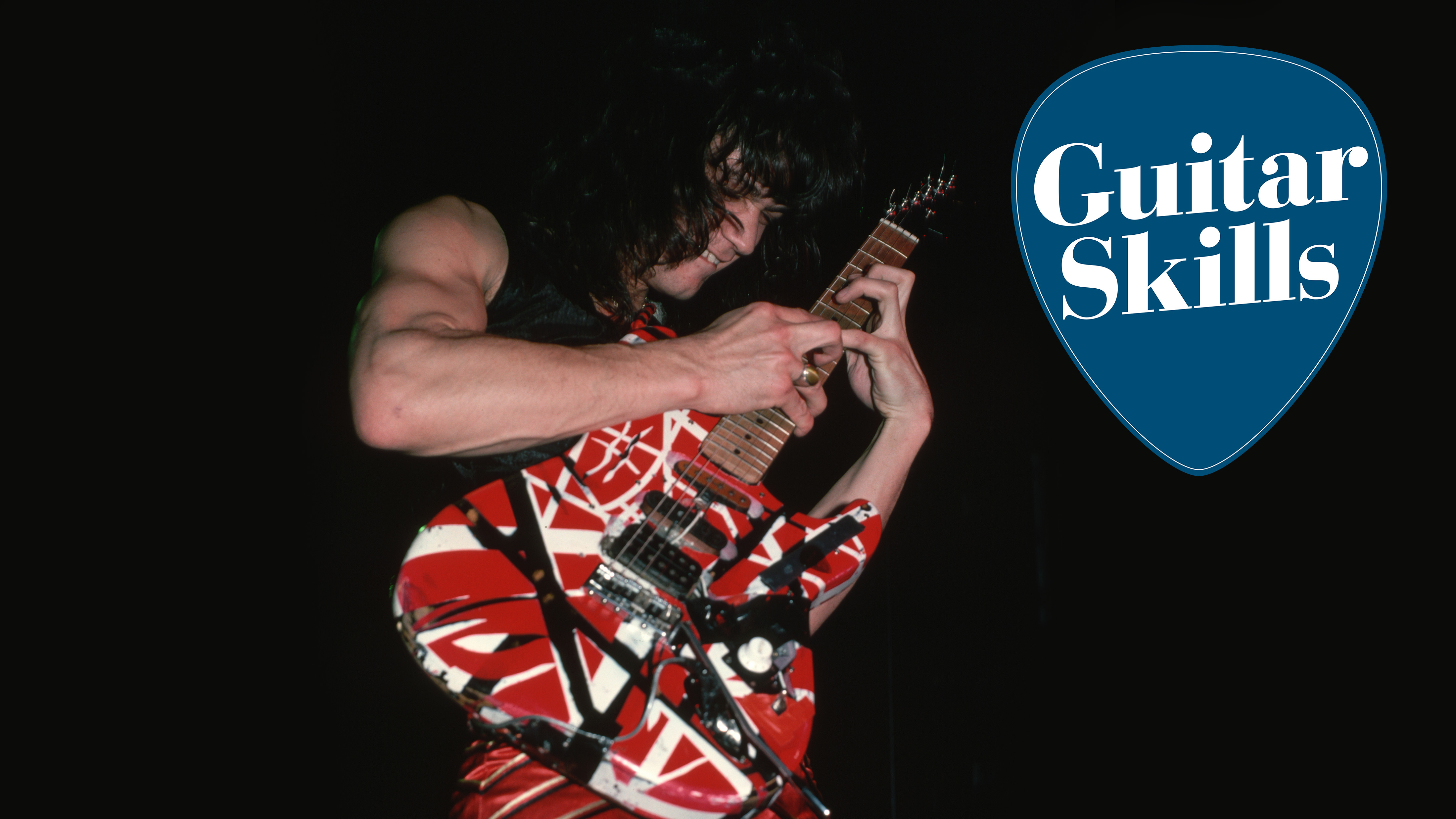
Others may lay claim to doing it first but trust us; if you were around in the early eighties every rock guitarist was hammering on and pulling off, or at least trying to, and that’s wholly down to Van Halen.
Get the MusicRadar Newsletter
Want all the hottest music and gear news, reviews, deals, features and more, direct to your inbox? Sign up here.
Once the technique had been figured out – and it’s reasonably straight forward to do with a high gain tone and a guitar with a reasonably low action – it started to appear absolutely everywhere, from pub gigs to albums from established artists.
However, missing was not only Eddie’s technical skill in applying the technique but also the musicality with which he used it. As stated above, Eruption is probably the most prominent example of his use of tapping but virtually no-one else could apply the same fluidity and style, and anyone ‘doing’ Eddie Van Halen will doubtless drop a chutzed hammered-on lick into their homage.
It’s a little old hat now but Eddie, although certainly not the first prominent rock guitarist to hammer on, certainly made the technique what is both was and, in certain circles, still is.
3. EVH shaped guitar tone
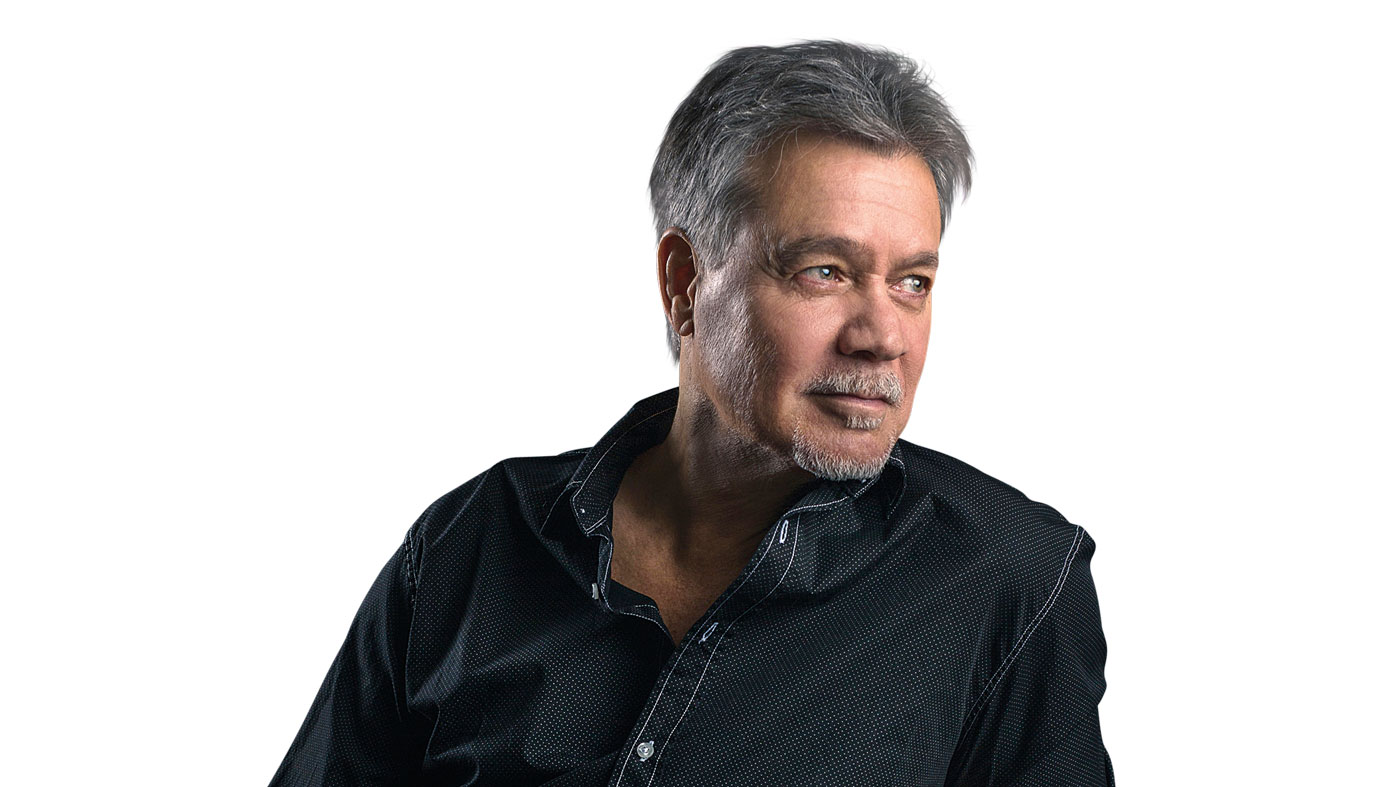
"There are no rules" – Eddie Van Halen: the last guitar mag interview
As well as bringing new techniques to the masses he also brought great tone and, regardless of whether you saw the band live or listened to them on record, Eddie's sound was nothing short of incredible. And he was hands-on with it early on.
Eddie was always something of a mad scientist, inventing all manner of contraptions even in his youth, but his idea of reducing the voltage fed into a tube amp to force it to run hotter was a masterstroke.
The amps would be forced to work much hard to obtain the draw they required, thus overdriving the power amp section and – voila! – what became known as the Brown Sound was born. He famously used a 1967 Marshal Plexi head, but he also tried Sound City and Laney amps during his formative years; by his own admission, he used to go through amps ‘…like candy…'
“What made me think of lowering the voltage was I bought another Marshall head not realising it was a European model.” Eddie told us in 2016. “ So I plug it in, and there’s a really dim pilot light. I’m waiting and waiting and there’s no fucking sound coming out! ‘Goddammit, I got ripped off!’ Then I realise ‘Shit! The damn thing’s set on 220 volts!’
"Then I went ‘Ding! I wonder what’ll happen if I hook my main amp up to the light dimmer in the house?!’ Of course, I blew out all the fuses in the house because I wired it backwards, but once I figured it out, I went down to an electronics store and asked ‘Do you guys sell an industrial type of variable voltage regulator?’ and they go ‘Yeah, here you go!’ It was called a Variac.”
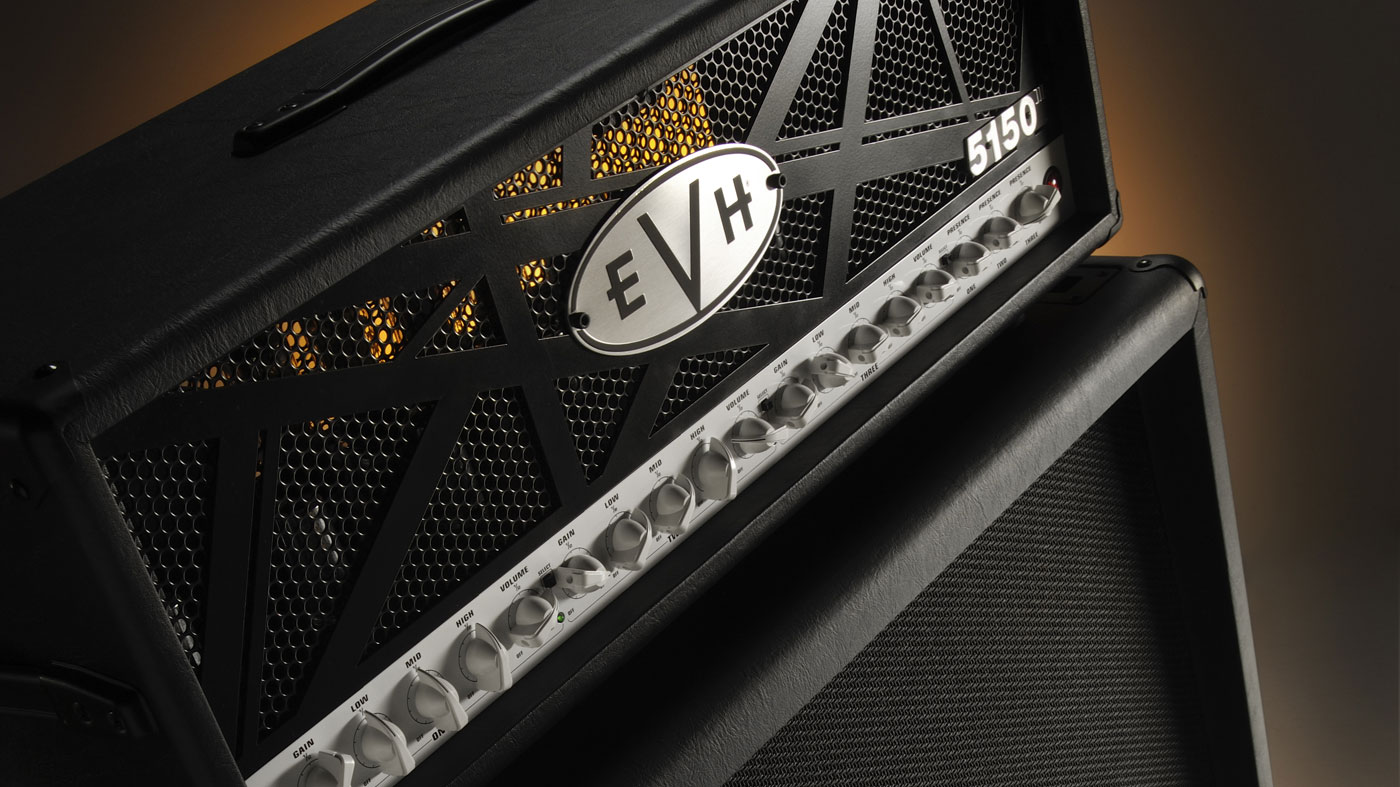
Bringing his tonal vision to other players began with the Peavey 5150, still a favoured amp for gain connoisseurs and studios around the world. Now it's his EVH signature amps that gamely attempt to recreate and evolve that saturated, warm lushness many of us are chasing.
However, if any of us attempted to run a Variac’d 100W tube head the police would soon be kicking down the door and we’d suggest opting for a modern attenuator to enable you to enjoy your own domestic EVH moments at home.
The best example of the Brown Sound? Well, choose anything from the band’s first six albums and you’ll get the idea but for our money it’s the riff to Mean Streets that takes the biscuit. It’s full, fat, hugely overdriven yet highly articulate and utterly mesmerising. What a tone.
4. He showed the possibilities of a double-locking vibrato
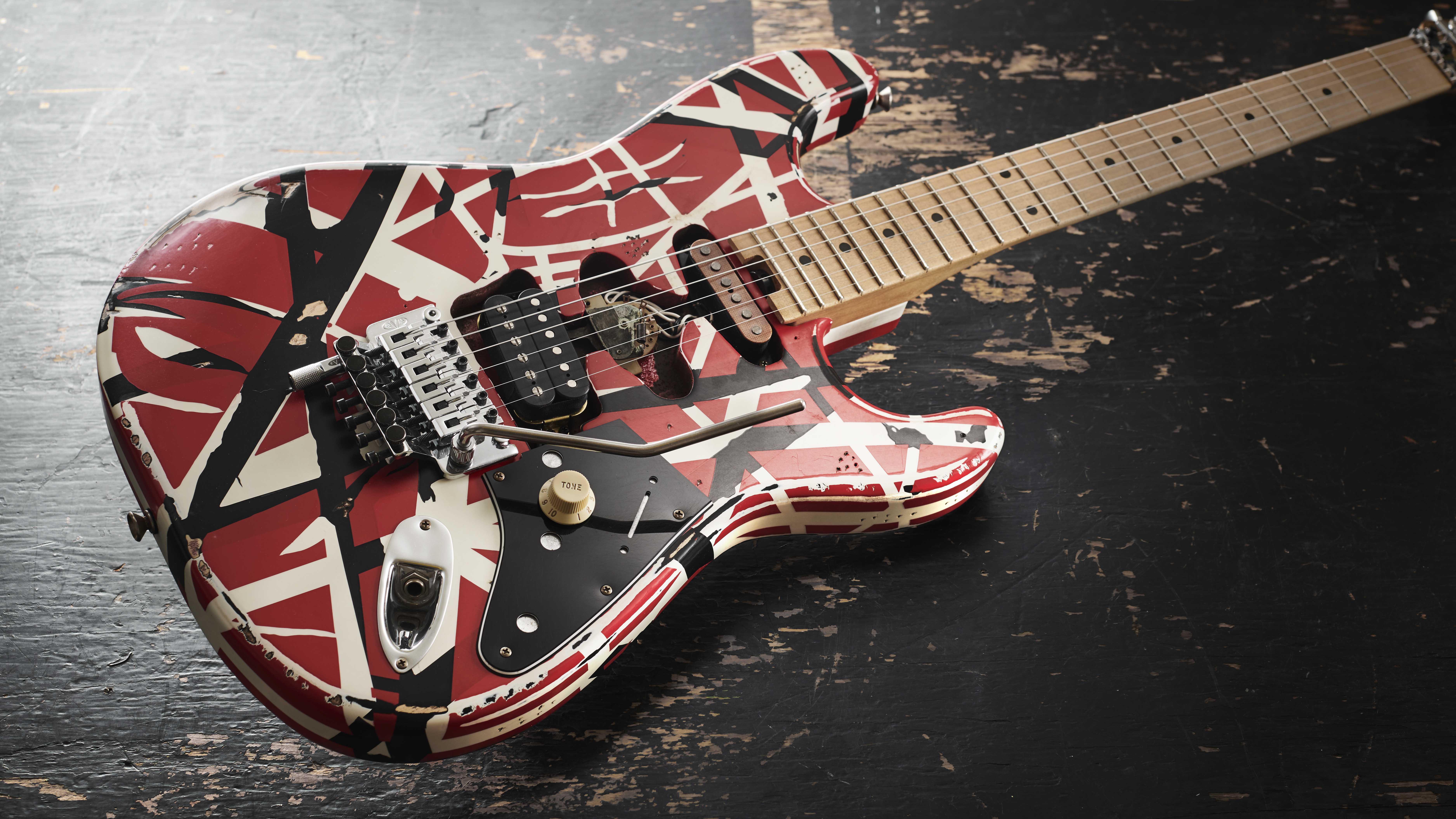
These days every single electric manufacturer of electric guitars intended for rock will offer a model with a double locking vibrato and although the concept of locking a string at both ends to assist in tuning stability came from the mighty Floyd Rose, it was the association with Eddie that ensured its popularity.
Rose apparently fitted the first unit he designed onto the neck of his 1963 Strat and, with the third design also including a way of locking strings at the bridge, an inadvertent legend was born.
By this stage Eddie had also bought a Stratocaster and, although he found the 50 cycle hum difficult to cope with (he finally ‘slapped in’ a humbucker to deal with that), loved how he could use the synchronised vibrato to embellish his playing. However, he had to come up with novel way of keeping the guitar in tune.
“I would do things like take the string and put it through the tuning peg hole and wind it up instead of down, so there would be no tension on the nut to the tuning peg.” He told us. “I had a brass nut that I cut larger grooves into and I put oil in it all to eliminate any friction that could cause the string to hang up.
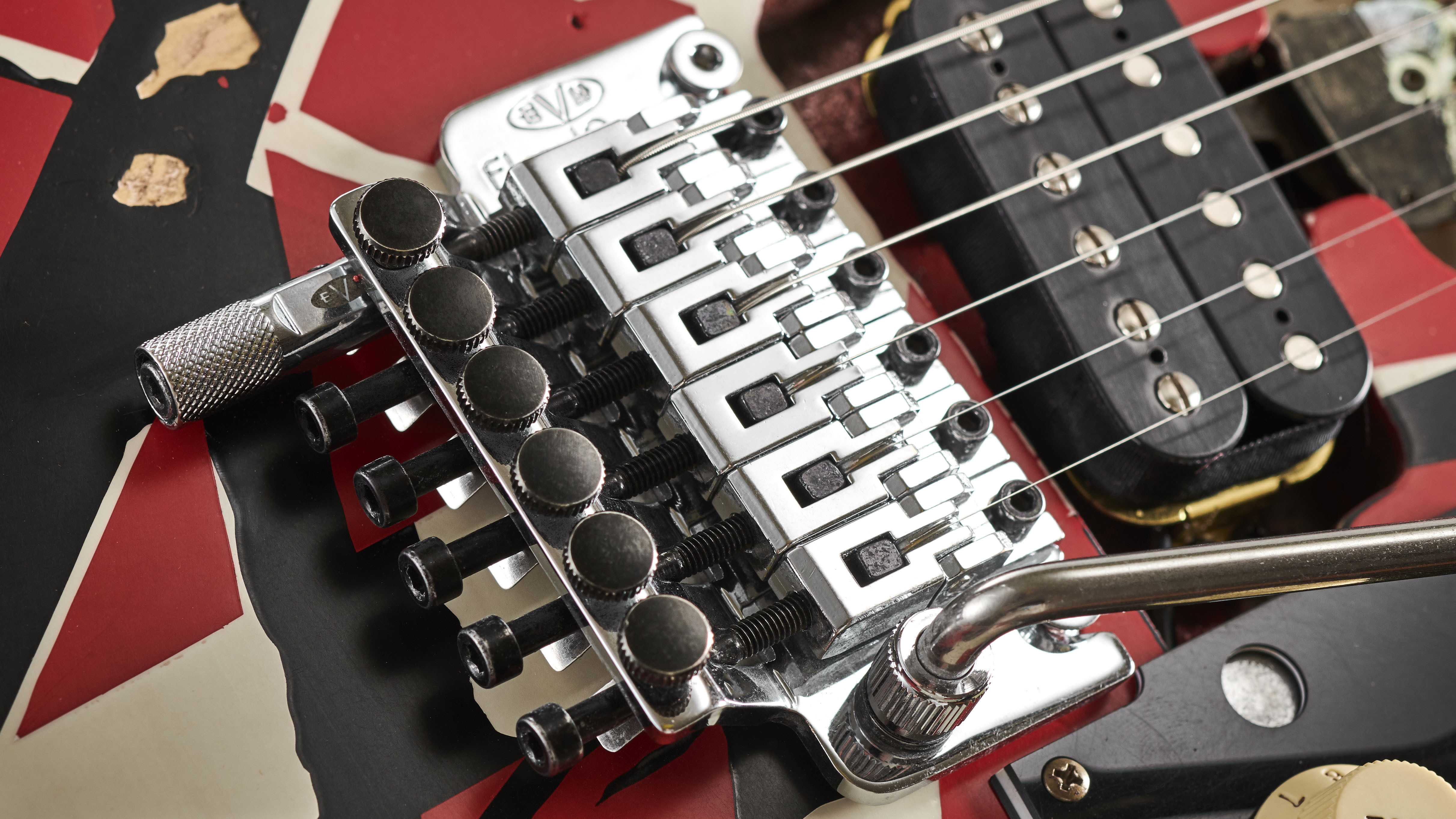
"If I hit an open string too hard it would pop out of the nut, so I’d have to keep my index finger on the other side of the nut to keep it from popping out!"
“Another problem is Fender Strats always have the string retainers, [so] I removed them, again, to eliminate any other factor that would cause the string to not slide back and forth smoothly. As a result if I hit an open string too hard it would pop out of the nut, so I’d have to keep my index finger on the other side of the nut to keep it from popping out! I got away with that - in the club days, through the whole first record and live on tour. That’s how I used the stock Fender tremolo until the locking tremolo was introduced.”
To assist with both tuning stability and his tone, Ed would always set his bridge flat to the guitar body, thus giving the vibrato only downward movement and any EVH guitar you buy today will be set-up in the same manner.
“All flush to the body.” He confirms. “Everything needs to be connected. I even like my cabinets on wood, not on wheels. Everything needs to be solidly connected. The more connection, the more sustain and resonance.”
The fact that he did what he did with his vibratos that only went downwards still beggars belief and he was the first to liberally scatter rock songs with divebombs, gurgles and glissandos from his whammy bar that actually remained in tune.
5. He showed how effects can enhance
Eddie's inventive use of effects is also an important sonic trademark and whether it’s the flanger during the incredible riff to Unchained or the volume swells and delay of Cathedral, he always managed to find musical ways of incorporating them into his palette. The MXR Phase 90 is has been an integral part of his tone from the very early days and, if you hanker after recreating Ed’s majestic roar for yourself, one of these orange boxes of shimmering goodness is vital.
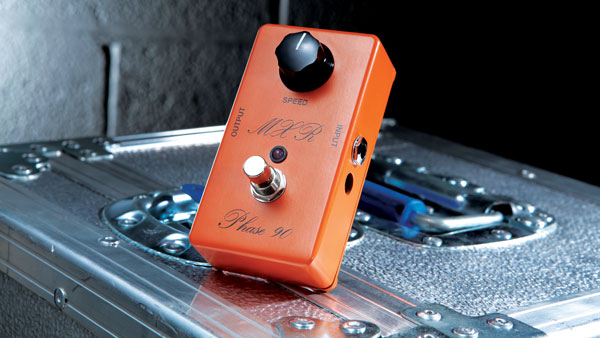
“The Phase 90 produces a very light change of the sound.” Ed told Guitar World. “It’s not an over-the-top effect, [but it] helped me stand out in the mix, because back then, in the club days, we usually had lousy PA systems and lousy sound guys. It didn’t boost the signal, but it made it pop out so the solo was more audible. It enhanced the tone.
“Obviously, I liked the Phase 90, so when MXR came out with the flanger… I loved their stuff. Their pedals are built like a brick shithouse and they make great sounds, so I started putzing around with the flanger too. I always use the same setting for everything, from the intro to And the Cradle Will Rock… to Unchained, with the exception of the setting I used on the intro to Outta Love Again and Bullethead."
6. He delivered live
VH’s first show in the UK was at Sheffield City Hall in May 1978 supporting Black Sabbath, who themselves were promoting their Never Say Die opus. This writer would have given his eye teeth to have been there but those who were gleefully report that Van Halen were nothing short of incredible and subsequent shows saw the Pasadena firecrackers blow Sabbath off-stage every night.
VH conducted their first headlining tour of Blighty with 1980’s Van Halen Invasion! trek, but the David Lee Roth line-up didn’t venture back to these shores again until a performance at the Donington Monsters of Rock festival in August 1984. After that, nada.
By all accounts VH were faultless live, driven by Roth and powered by Eddie. Not only was he effortlessly able to recreate every lick and trick he put on record, he did so while running about the stage like a mad thing and if you were one of the lucky ones to have seen this era of VH in concert we’d love to hear from you.
“I saw Van Halen on their first album tour when they opened for Ted Nugent.” Says Henry Rollins. “I remember how collectively stunned the several-thousand-strong audience was after Eddie played Eruption. Arena rock was never the same after Van Halen came to town; they changed the entire landscape’”
Eddie and the band were able to prove it again when Sammy Hagar joined to replace Roth in 1985, enjoying a new run of commercial success.
7. He was a musician, not just a guitar player
"Dave said that I was a guitar hero and that I shouldn’t be playing keyboards. My response was that if I want to play a tuba or a Bavarian cheese whistle, I’ll do it"
Eddie was not just a phenomenal guitarist but also a fantastic musician, and if you were to ask the man in street what their favourite Van Halen riff is, it’s likely not to be one of his many guitar moments but the keyboard intro to the monster single Jump.
“I wrote Jump on a Sequential Circuits Prophet-10 in my bedroom.” Ed told Guitar World. “Every time I got the sound I wanted on the right-hand split section of the screen it would start smoking and pop a fuse. A guy I knew said I should try the Oberheim, so I bought one and got the sound I wanted.
“When I first played Jump for the band nobody wanted anything to do with it; Dave said that I was a guitar hero and that I shouldn’t be playing keyboards. My response was that if I want to play a tuba or a Bavarian cheese whistle, I’ll do it.”
Jump is easily the band’s biggest single and, as much as this will hurt the many guitarists who’ll be reading this, that synth riff may well be his best known of all (though Why Can't This Be Love is another contender), and if that doesn’t speak volumes for Ed’s versatility as a musician we don’t know what does. Might as well…
8. Van Halen brought pop sensibility to rock… and vice versa!
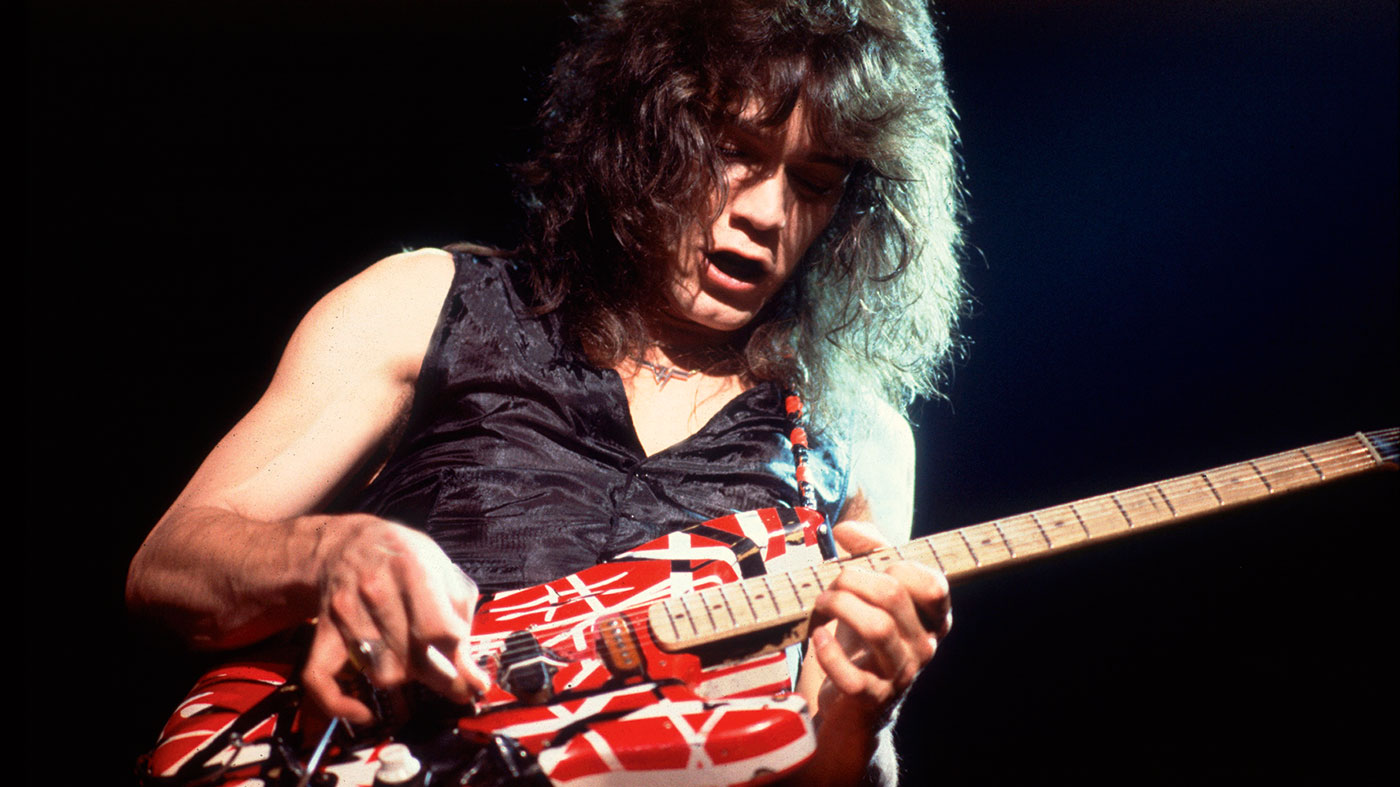
Eddie’s songwriting skills are rarely considered in the same light as his guitar panache but even in VH's most rocking moments it’s the melodies help that make the music what it is. However, this being Eddie Van Halen, even biggest of melodic hooks are balanced with kinetic licks and stunning technique.
As an example the beautiful Dance The Night Away, released in 1979, mixes tapped harmonics, a brilliant riff that uses inventive chorus inversions and a sing-along chorus that would get anyone up on the dance floor, to great effect and it was their first hit.
The American charts once favoured songs with an incendiary rock guitar in the mix somewhere as it would assure them of mainstream airplay. When the biggest star on the planet at the time, a certain Michael Jackson, needed an injection of rock for his latest album he called Eddie Van Halen and his outrageous solo on Thriller’s Beat It introduced millions of hitherto innocent pop fans to the wonders of both Van Halen and a ripping electric guitar.
As Ed said in 2012: "I listened to the song and I immediately go, 'Can I change some parts?' I turned to the engineer and I go, 'OK, from the breakdown, chop in this part, go to this piece, pre-chorus, to the chorus, out.' Took him maybe 10 minutes to put it together. And I proceeded to improvise two solos over it."
Below is the only footage currently in circulation of the two late legends performing Beat It together.
9. He was a rhythm king
Eddie has undeniable flair on the fretboard, but his foundation is sometimes overlooked – he was an incredible rhythm guitar player with groove and swing. It’s that sensibility that really drives Van Halen’s greatest songs.
"Most beginners want to learn lead because they think it's cool," Eddie once noted. "Consequently, they never really develop good rhythm skills. Since most of a rock guitarists time is spent playing rhythm, it's important to learn to do it well. Learning lead should come after you can play solid backup and have the sound of the chords in your head."
Sage advice indeed. And Eddie actually started out on drums before swapping with brother Alex. The chemistry between them created some fantastic dynamics that gave us Drop Dead Legs, Somebody Get Me A Doctor, China Town, Jamie's Cryin', Outta Love Again, Panama… the list goes on
10. He set a benchmark for guitar for others to aspire to
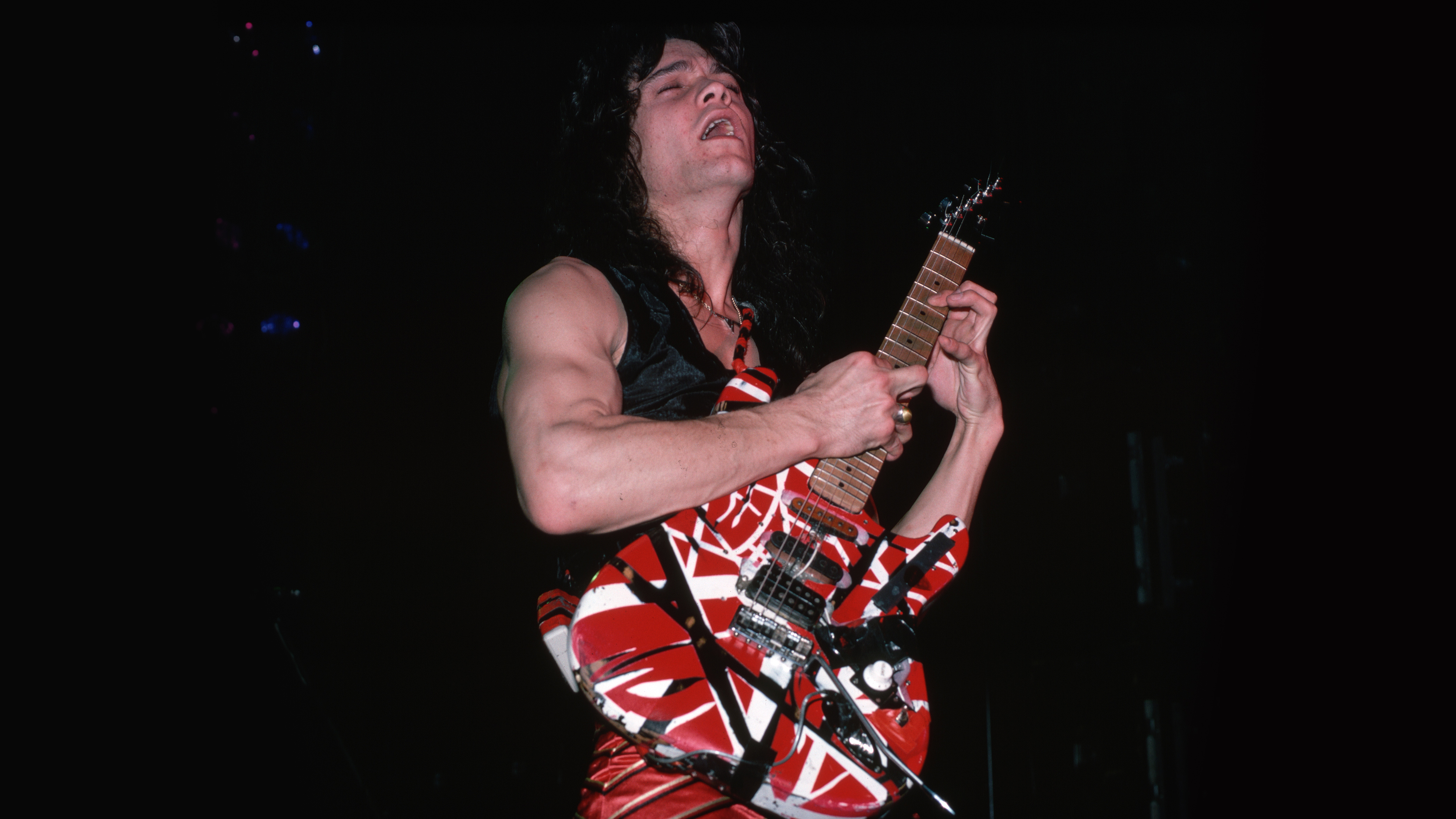
“Not since Jimi Hendrix has there been such an impact on the way rock ‘n roll is played. His style quickly revolutionised the genre and influenced the next generation of guitar players worldwide. Eddie is one of the greatest guitar players to ever come along.” - Slash
This eloquent quote from the G’NR legend raises an intriguing point; has there been a similarly important guitar player since Eddie Van Halen, someone who has genuinely thrown away the guitar rulebook and rewritten it in their own image?
Hendrix did, the likes of Eddie Cochran and Hank Marvin certainly did, but is there anyone else whose done it to the same degree since Van Halen emerged? We’re struggling…
Steve Vai? It’s true that his 1990 album Passion & Warfare, alongside Joe Satriani’s Surfing With The Alien, ignited something in the brains of guitar players of the time and spawned a movement of reinvigorated interest in the instrumental guitar, but it’s obvious that Eddie is their ultimate inspiration. Malmsteen? His 1984 debut Rising Force is pivotal and demonstrates phenomenal technique, but the music is flavoured not only by Hendrix but also classical composers.
Kurt Cobain? Nirvana certainly changed the world from a guitar-based music standpoint, and he left behind timeless song, but from a technique and guitar hero point of view? Hardly. Matt Bellamy? Jack White? Undeniably inventive and massively successful, but it's hard to argue their impact on guitar has been anywhere near as seismic.
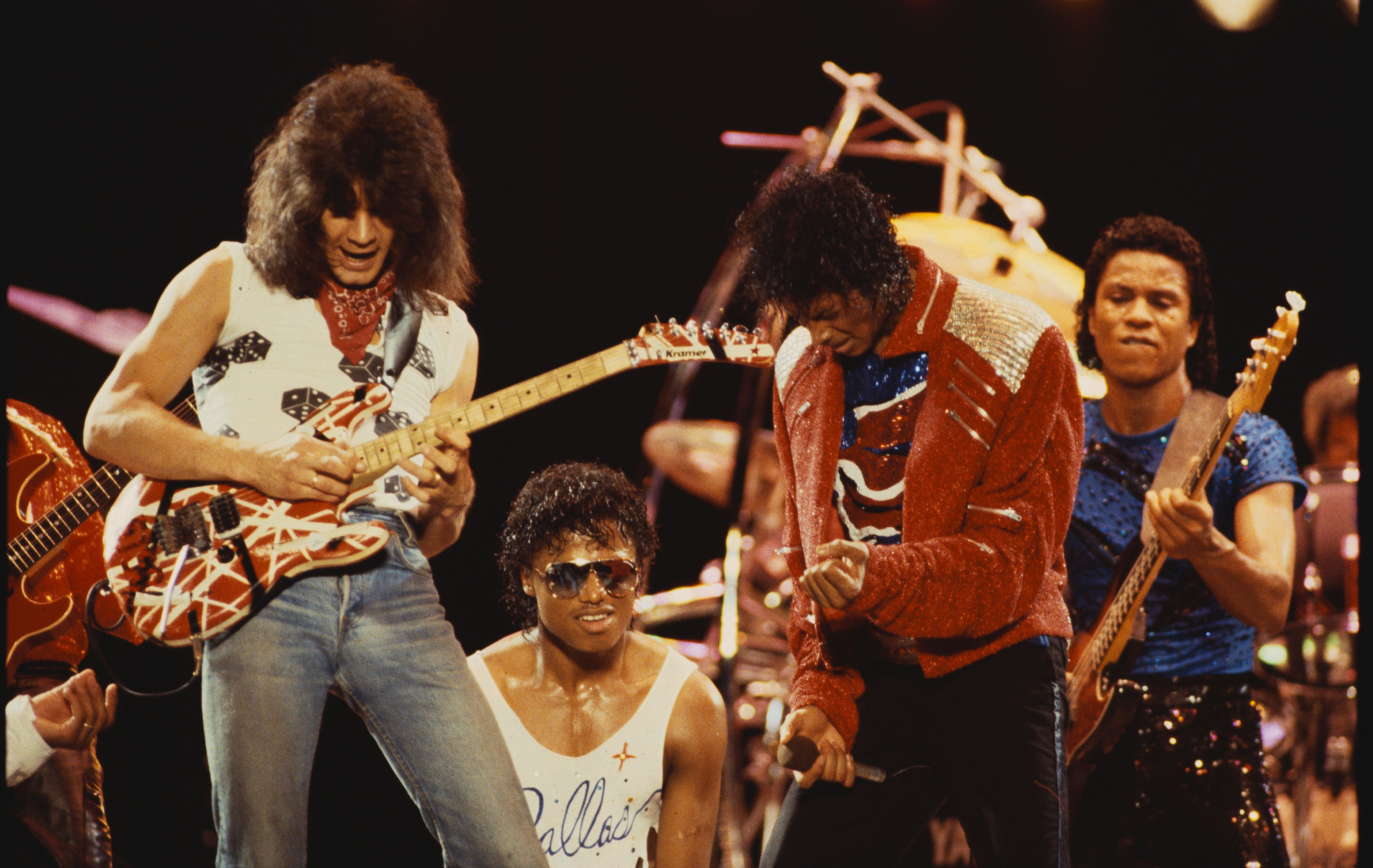
Not so easy is it? It’s difficult to imagine any player coming along any time soon who will have a similar impact as Eddie on playing, tone and gear, especially if you also consider just how successful Van Halen were. We hope there’s someone waiting in the wings to fly as high.
We’ll leave the last word to Eddie…
“Obviously, enjoy doing what you’re doing. Bottom line is, you’ve gotta love what you’re doing. There are no rules. I think it’s funny when people take all these music theory classes, it’s exactly that. It’s theory. You have 12 fucking notes, the 13th one is the octave, do whatever you want with them. It’s really that simple. There are no mistakes: I call those passing notes!”
Rest in peace, King Edward, and thank you for the music.
Simon Bradley is a guitar and especially rock guitar expert who worked for Guitarist magazine and has in the past contributed to world-leading music and guitar titles like MusicRadar (obviously), Guitarist, Guitar World and Louder. What he doesn't know about Brian May's playing and, especially, the Red Special, isn't worth knowing.
“Its mission is simple: unleash the power of any amplifier or line-level source without compromise”: Two Notes promises a “watershed” in tube amp control with the Torpedo Reload II
MusicRadar deals of the week: Enjoy a mind-blowing $600 off a full-fat Gibson Les Paul, £500 off Kirk Hammett's Epiphone Greeny, and so much more









